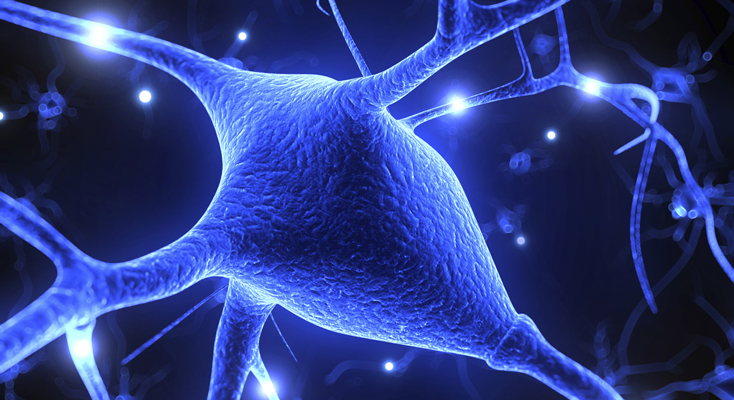
Phone: 212 520 1686
Email: info@yourcpf.org
Application of Non-Invasive Brain Stimulation (NBS) in Children with Hemiparesis to Improve Hand Function
Weakness on one side of the body due to cerebral palsy, or hemiparesis, affects the functional ability of an individual during childhood and throughout the lifespan. Using a specific form of stimulation, transcranial direct current stimulation or tDCS, brain cells that were inactive due to injury have the potential to become instrumental in function. tDCS is painless, cost-effective, and portable and has shown no evidence of seizure or other serious adverse event. The proposed research combines tDCS with constraint-induced movement therapy (CIMT) to investigate their benefit on hand function in children with unilateral cerebral palsy.
Principal Investigator: Dr. Bernadette Gillick, PhD, MSPT, PT, Assistant Professor at the University of Minnesota Program in Physical Therapy Medical School.
gillick@umn.edu





